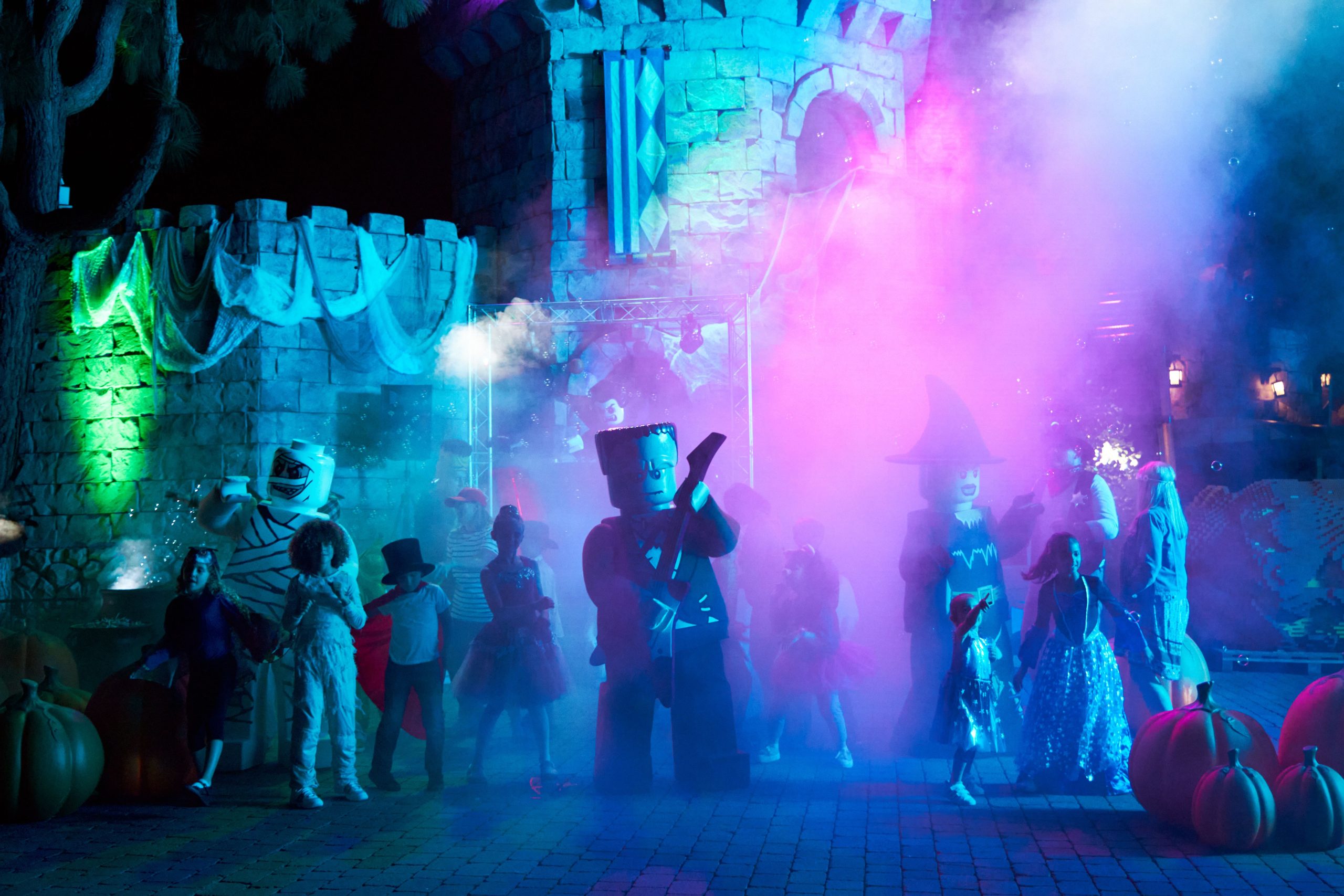Article and photos by Barbara Kerr
Hollywood may be the land of dreams, but it took nearly a century of dreams and dedication to create the Academy Museum of Motion Pictures, the largest museum in the United States devoted to the arts, sciences, and artists of moviemaking.
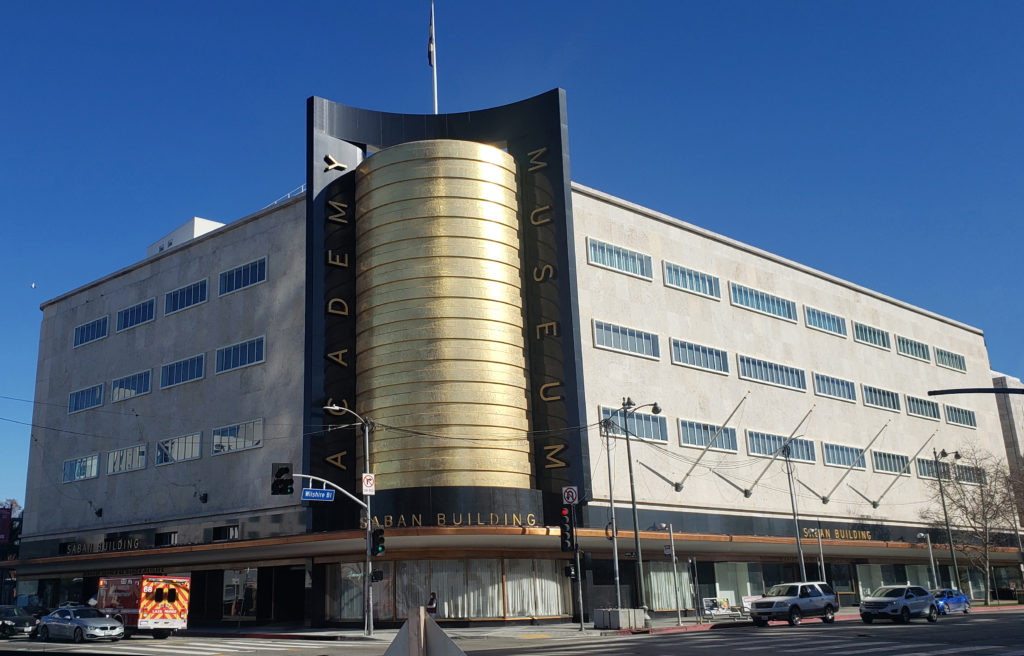
Designed to educate as well as celebrate, the museum offers a wide range of experiences for all ages and interests.
Once Upon A Time in Hollywood
The dream of a museum dedicated to film dates back nearly 100 years. In 1929 – just two years after the Academy was founded – members first discussed creating a museum for motion pictures. In the 1950s, studio heads Walt Disney and Jack Warner – normally industry rivals – tried unsuccessfully to establish an Academy museum. In 2006, plans were announced for a site on Vine St. in Hollywood but funding dried up during the Great Recession. (Netflix later leased that site.)
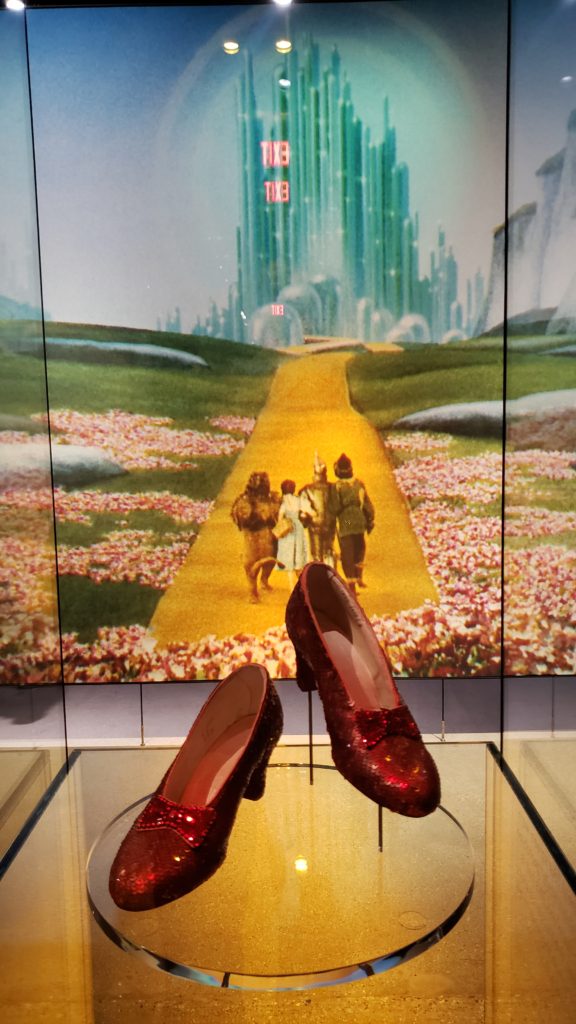
In 2011, the Academy Board approved a plan to partner with the Los Angeles County Museum of Arts to locate the museum at its current site in a building adjacent to and owned by LACMA, which had acquired the building in 1994 and used it for exhibitions and office space. Construction began in 2015. After delays due to the worldwide pandemic, the museum finally opened its doors to excited film lovers in September 2021.
Hollywood Dreams: Creating the Museum
Designed by Pritzker Prize-winning architect Renzo Piano, the museum consists of two buildings on a 300,000-square-foot campus on the corner of Wilshire Boulevard and Fairfax Avenue in Los Angeles.
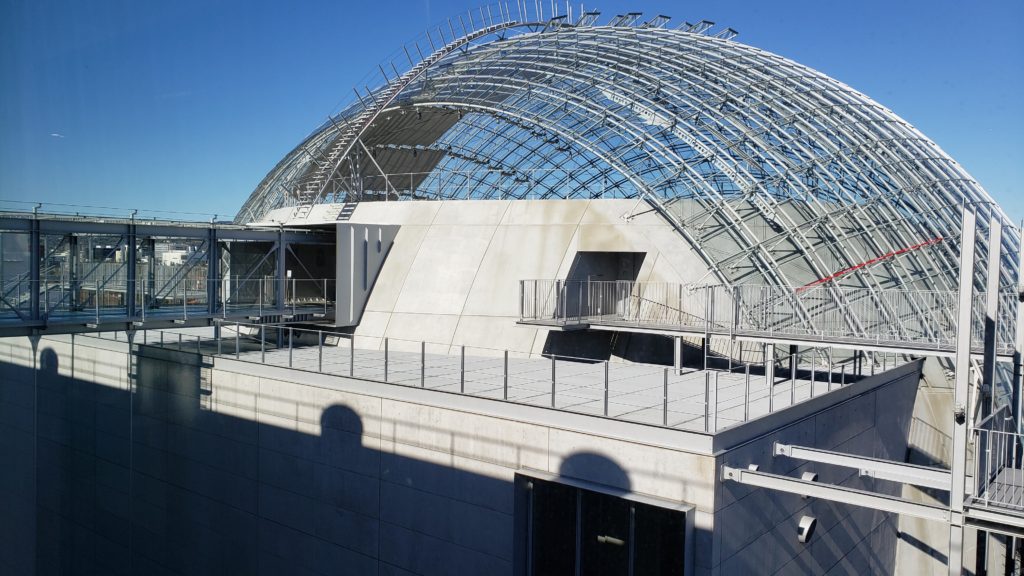
The museum sits inside a building known to many longtime Los Angeles residents as the former May Company department store. The 1939 Streamline Moderne structure was renamed the Saban Building in honor of benefactors Cheryl and Haim Saban. The 250,000-square-foot building contains six floors of exhibition and special event spaces plus the intimate 288-seat Ted Mann Theatre, which offers curated screenings and special programs. The Saban Building is also home to a restaurant and café, a museum store and more.
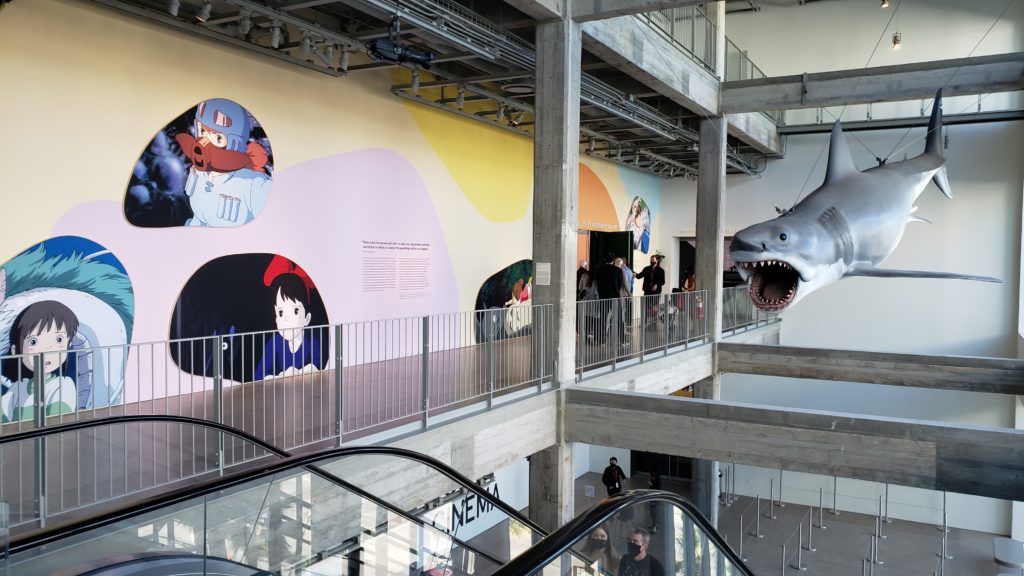
Glass bridges connect the Saban Building to the 45,000-square-foot glass-and-concrete Sphere Building. That dome is home to the 999-seat David Geffen Theater, which hosts major film events, public programs, live performances, movie premieres, and other special events.

On the top floor of the Saban Building, visitors cross the Barbra Streisand Bridge to visit the Dolby Family Terrace, where they enjoy sweeping views of the city, including the iconic Hollywood Sign. (The Streisand Bridge also features a reinforced glass floor. Don’t worry. It’s safe and strong.)
Now Showing
The museum takes pride in continually offering fresh experiences for members and visitors – especially those who are returning – both in their exhibition themes and the items on display.
In “Stories of Cinema” – a three-floor exhibition – film historians and enthusiasts can immerse themselves in film clips from the earliest days of filmmaking through the work of today’s artists.
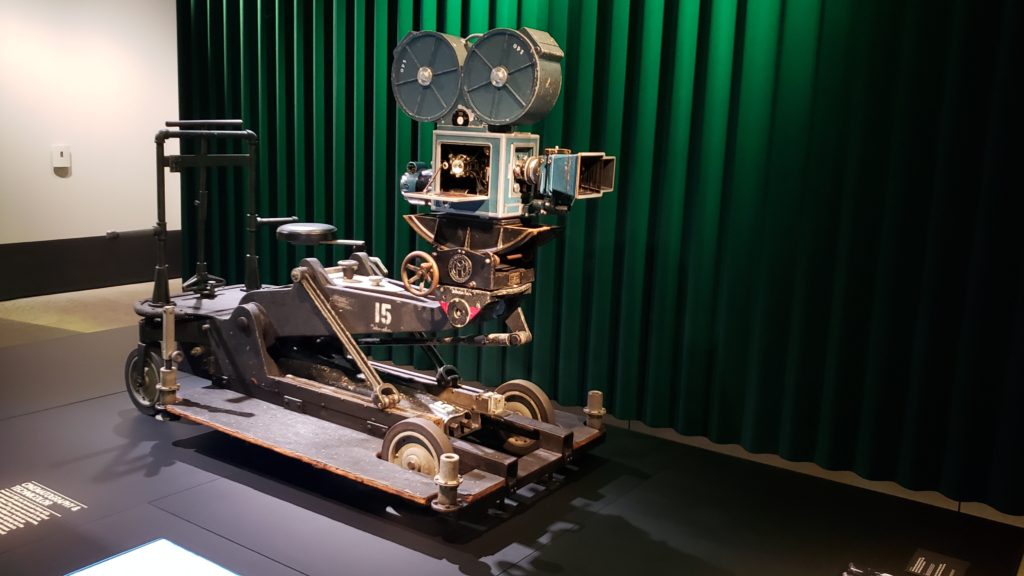
“Path to Cinema: Highlights from the Richard Balzer Collection” explores how cinema has evolved from shadow plays, magic lanterns and zoetropes to the Cinématographe Lumière, the world’s first successful film projector.
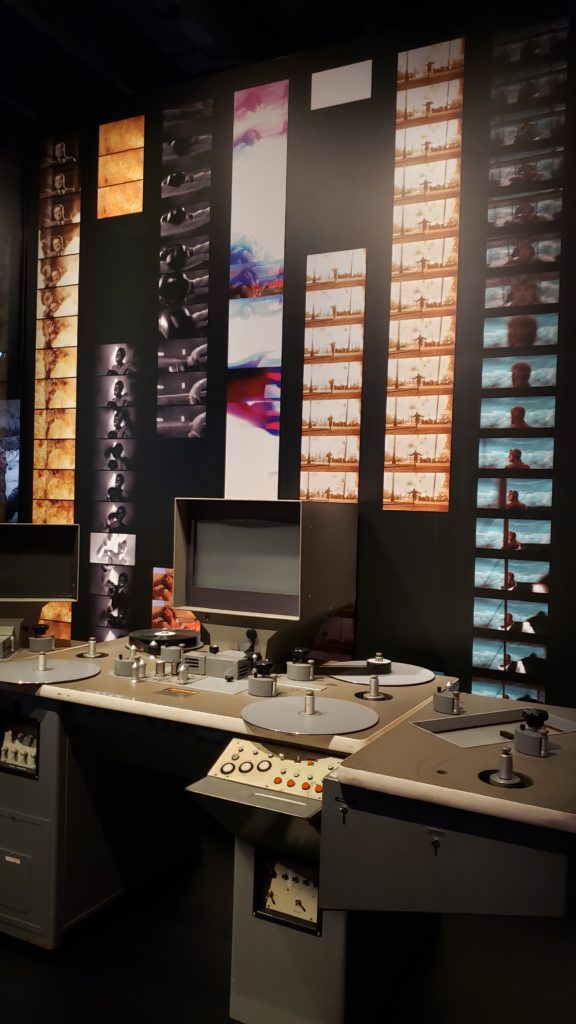
Movie lovers experience the joy of seeing film and cultural icons up close. You may see the ruby slippers from the “Wizard of Oz.” “Rosebud” from Citizen Kane. ET, R2D2 or C3PO. The last surviving full-sized shark model from “Jaws.” A model of Bugs Bunny. A two-story backdrop of Mt. Rushmore from Alfred Hitchcock’s “North by Northwest.” Puppets and prosthetics.
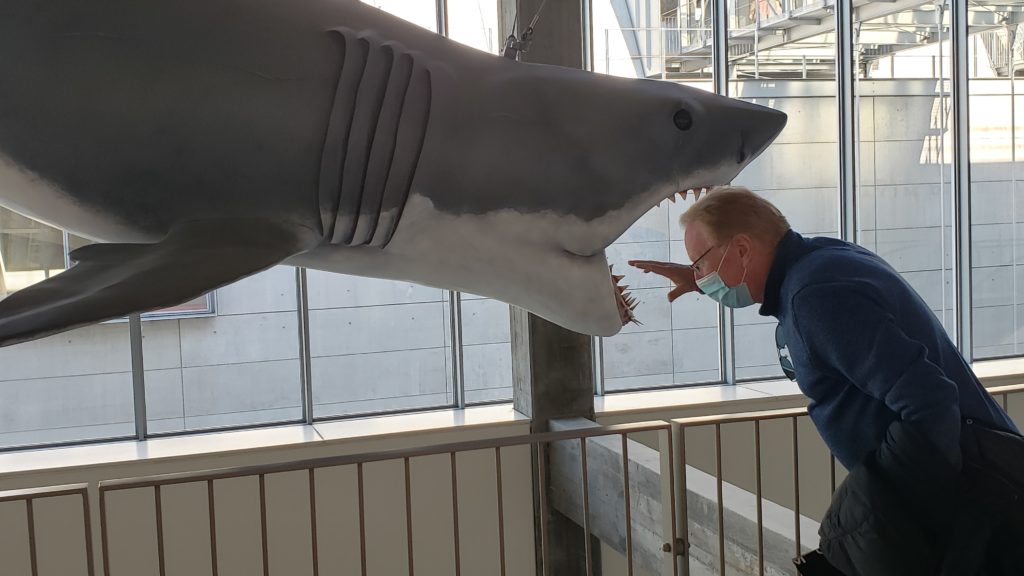


From a circular setting filled with displays of Academy Awards, you enter a room where video screens fill the walls, displaying acceptance speeches from Oscar winners over the years. Costumes. Props. Cameras and editing equipment. Videos explaining how iconic film moments were created. Successful (and unsuccessful) screen tests.
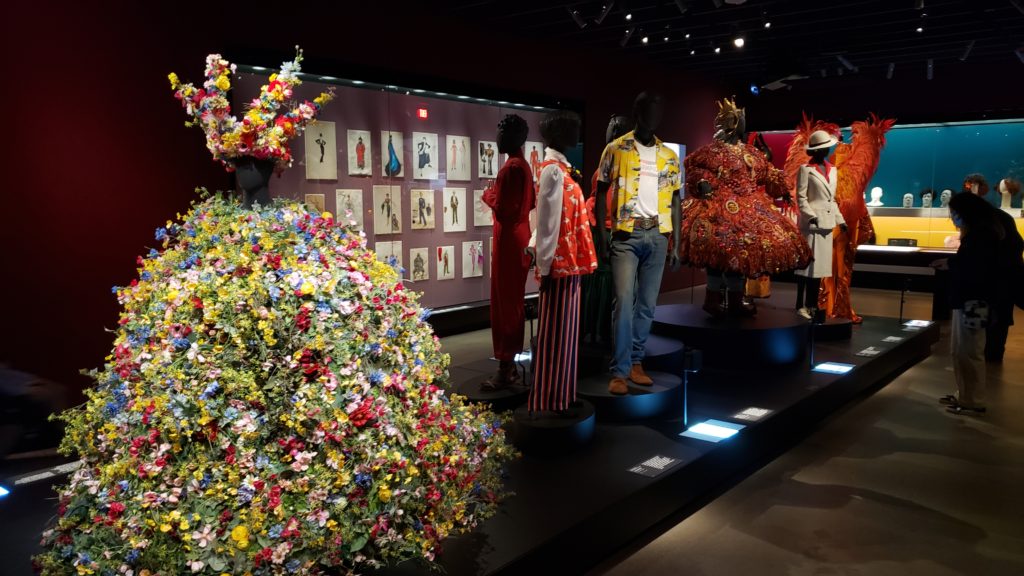
In the Oscars® Experience, you experience a simluation in which you not only feel you are on the stage of the Dolby Theatre – you actually get to hold an Academy Award as you accept your Oscar and take your bow.
In the week leading up to the Academy Awards, the museum hosts Oscar Week, filled with screenings of Academy Award–nominated films and panels with Academy Award–nominated filmmakers in the lead-up to the Oscars. The museum also hosts a glittering Oscars Night celebration.

The Museum’s initial exhibits included a landmark tribute to Hayao Miyazaki’s world of animation. Exhibits also include an immersive multimedia installation honoring Academy Award–winning filmmaker Pedro Almodóvar and a gallery celebrating the work and creative process of Oscar-winning filmmaker Spike Lee.
The Reviews Are In
If you love movies, you will be overwhelmed by the treasures on display and the depth and breadth of the experience. (They are not all on display but the Academy reportedly has more than 13 million objects including costumes, costume sketches, film reels, posters, props, and screenplays dating back to 1927.) Staff members are uniformly professional and helpful. Several described the museum as a wonderful place to work.
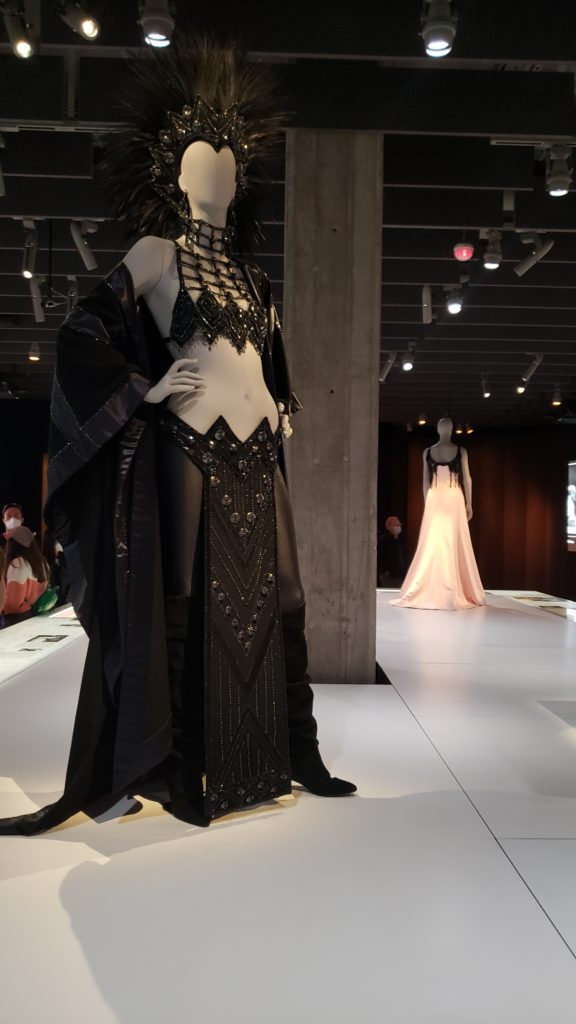
But museums are constantly evolving and that will be true for the Academy Museum too. So these are additional observations provided by some museum visitors.
While the museum celebrates the history of film, it doesn’t do so chronologically. Cinema history is spread across the exhibits on different floors. A writer for the Hollywood Reporter called the museum “dazzling but frustrating,” asking “why make the visitor work so hard to get through it all?”
The museum has been careful to make inclusion, diversity and pluralism a priority. For some visitors, those discussions may overwhelm their focus on the creative experiences of filmmaking.
Some visitors have lamented that movie greats (especially from the 1930s, ’40s and ’50s) are currently missing from the history on display.
In a perspective piece in the Washington Post, a writer noted: “The Academy Museum…does an imperfect job of balancing two basic identities and purposes, one essentially self-promotional, the other more civic-minded.”

Some visitors may not embrace the educational focus of the museum – especially if they are simply seeking the joy of the movies, actors, directors and artists that they love.
As composer Charles Bernstein reminds us in a display of digital quotes about filmmaking: “The future of cinema is as limitless and untamed as the human imagination.”
With time, the Academy Museum should be too.
Coming Attractions
Depending on when you visit, you may have different experiences. Expansive exhibitions have ranged from a landmark tribute to Hayao Miyazaki’s world of animation to “Regeneration: Black Cinema 1898–1971.” Visit the museum website to learn what is currently on display.
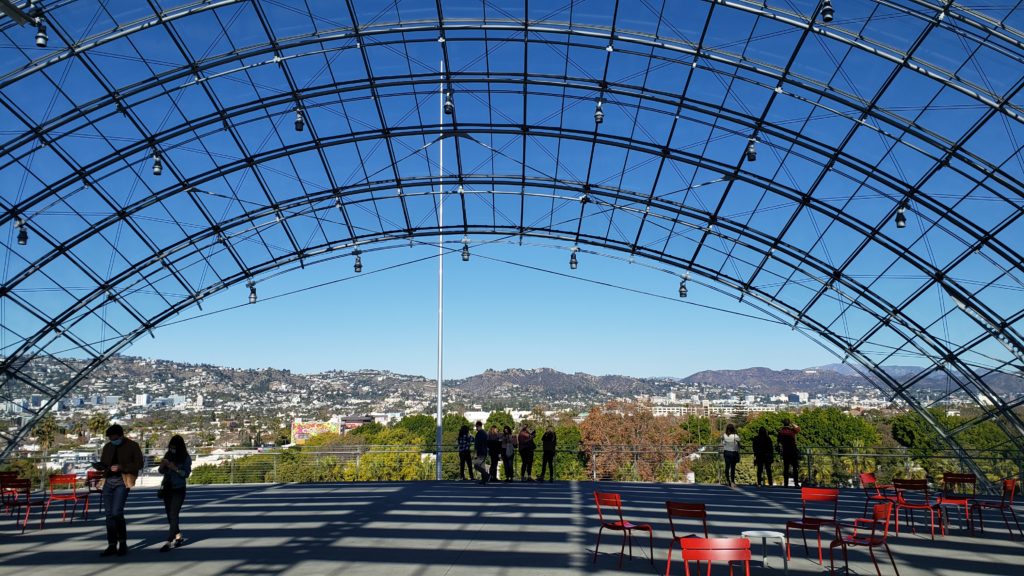
Follow the Yellow Brick Road: Know Before You Go
Make My Day: Location, Transportation and Parking
The Academy Museum is located at 6067 Wilshire Blvd. in the heart of the Miracle Mile district of Los Angeles. Several bus lines serve the area. An outdoor plaza connects the Academy Museum to the Los Angeles County Museum of Art (LACMA). Public parking is available at LACMA’s Pritzker Parking Garage, the Petersen Automotive Museum (located directly across from the Academy Museum on Wilshire Blvd.) and at other parking garages in the area. Valet parking is also available at the museum. Valet drop-off is on Roddenberry Lane, located at the museum’s Fairfax Avenue entrance.
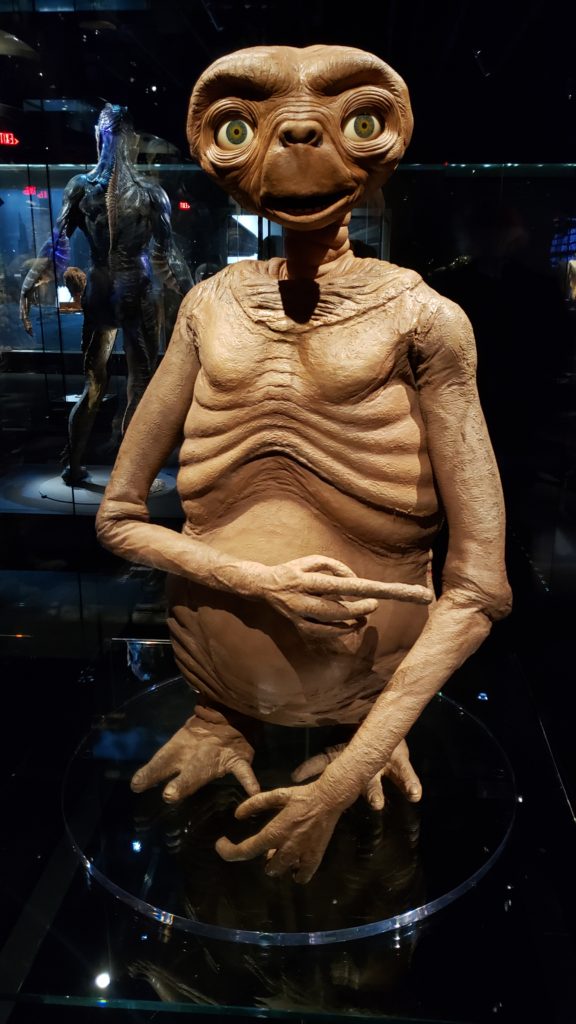
An Offer You Can’t (and Shouldn’t) Refuse: Timed Tickets
Timed tickets can be ordered online and are strongly recommended (even for Museum members). Dates and times sell out and same day entry may not be available without a ticket. There is a 30-minute grace period for late entry. If you arrive more than 30 minutes after your guaranteed time, entry is not guaranteed. According to the Museum, the average visit time is two hours, but some visitors stay longer or leave earlier.
General admission tickets include access to the museum’s core exhibitions on the second and third floors – as well as access to temporary exhibitions. Children ages 17 and under may visit the museum free of charge but will require a ticket.
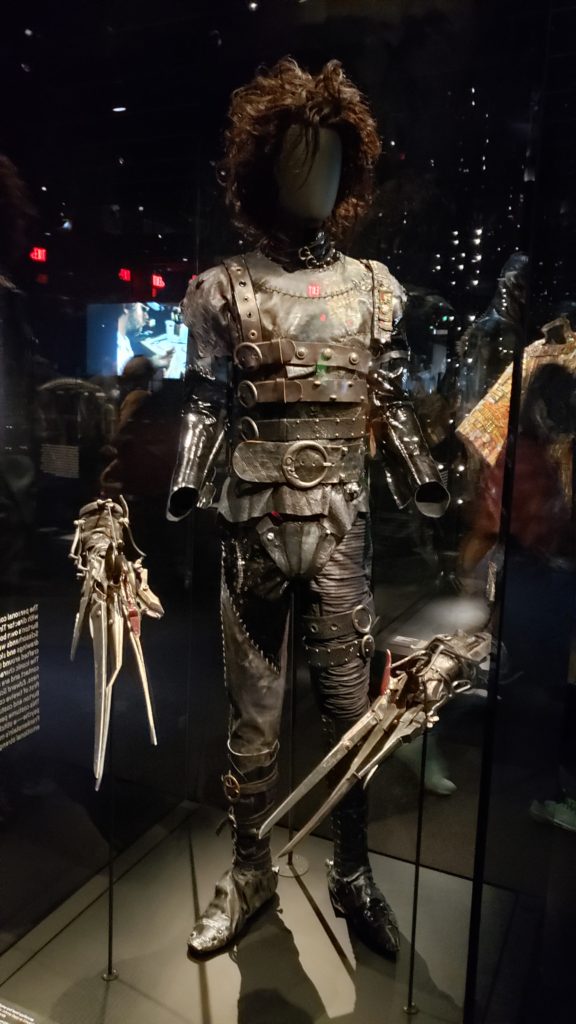
The Oscars® Experience requires a special ticket, as do programs and screenings. The Oscars® Experience is an immersive simulation that allows visitors to feel as if they are walking onto the stage of the Dolby Theatre to accept an Academy Award. Space is extremely limited and the Oscars® Experience generally sells out quickly. (While children ages 12 and under do not need a ticket to The Oscars® Experience, they must be accompanied at all times by an adult with a ticket to The Oscars® Experience.)
When You Wish Upon A Star: Free for Film Lovers and Families
If you don’t have a ticket, you can still enjoy a visit to the museum. “Stories of Cinema” is free and open to the public in the Spielberg Family Gallery, located in the museum’s Sidney Poitier Grand Lobby. The initial exhibit in “Stories of Cinema” is described by the Academy Museum as “an immersive, multichannel media installation that travels from the very beginnings of film to the groundbreaking movies of today. The revelatory moments from over 700 films in this 13-minute multichannel presentation are preludes to the cinematic stories continued in the rest of the museum.”
And you won’t need a ticket to visit the Academy Museum Store or Fanny’s restaurant and café on the first floor.
If You Go
Fing more information on hours, tickets, coming attractions, transporation, parking and more here. For additional assistance, contact museumtickets@oscars.org.
Barbara Kerr, APR, Fellow PRSA, is an award-winning communications and public relations specialist with a passion for writing about people, travel, and the arts. Her career as a broadcast journalist led to her induction into the Dayton (Ohio) Area Broadcasters Hall of Fame. Accredited in public relations, she is a past chair of the Public Relations Society of America (PRSA) College of Fellows.


